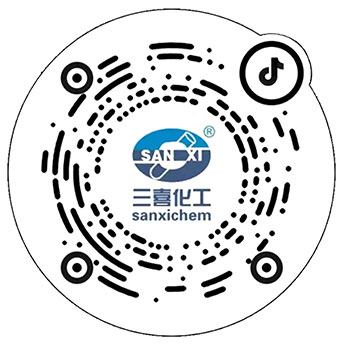|
Introduction to the application of agricultural potassium nitrate
Agricultural potassium nitrate is a high-quality fertilizer, divided into high-quality products and first-class products. The first-class product contains 13.5% nitrogen and 46.5% potassium oxide. The first-class product contains 13.5% nitrogen and 44.5% potassium oxide. Among the three nutrient elements of nitrogen, phosphorus, and potassium required by crops, potassium nitrate contains two nutrient elements: nitrogen and potassium, and its water solubility is good. It can be applied by flushing, spraying, drip irrigation, subsurface irrigation, etc. Can be used as basal fertilizer. After being applied to farmland, potassium nitrate can be fully absorbed and utilized by crops. Compared with the application of potassium chloride, potassium sulfate and other potassium fertilizers, it will not form harmful residues such as chloride ions and sulfate ions in the soil. It is produced in greenhouse crops. It is very suitable to use this kind of fertilizer, which is beneficial to delay the process of soil salinization in the shed. In addition, grapes, potatoes, sugar beets, sugar cane, tobacco and other crops are chlorine-free crops. Potassium chloride should not be used. Changing the application of potassium nitrate will help avoid the harm of chlorine and increase the yield and quality of agricultural products.
Nitrogen-containing fertilizers such as urea, ammonium bicarbonate, diammonium phosphate, and ammonium nitrate are highly volatile and are prone to volatilization loss when applied to the soil surface. Application in closed spaces such as large sheds can also cause air damage to crops (the volatilized ammonia gas will affect the shed Crops cause harm), and the nitrogen in potassium nitrate exists as nitrate, which is commonly referred to as nitrate nitrogen, which is very volatile, and even if it is applied to the soil surface, there will be no too much nitrogen volatilization. Of course, the potassium in potassium nitrate, like the potassium in potassium chloride and other potassium fertilizers, is easily fixed by the soil crystal lattice under the alternating wet and dry conditions, and becomes slow-acting or ineffective potassium that is not easily absorbed by crops. When fertilizing, it should not be applied to the surface of dry soil.
In general, potassium nitrate is a very suitable fertilizer variety for greenhouse production. In terms of price, although potassium nitrate is about 30% higher than potassium sulfate, but compared with the same weight of potassium sulfate, the potassium content in potassium nitrate is 1.5 times that of potassium sulfate, and potassium nitrate also contains nitrogen nutrients, so use nitric acid The relative cost of potassium is lower. Users should apply potassium nitrate based on the abundance and deficiency of potassium in the soil in the shed, and apply potassium nitrate to the extent that sufficient potassium fertilizer is applied. The remaining nitrogen nutrients should be supplemented by ammonium bicarbonate, urea, organic fertilizer and other fertilizers. In actual application, it can be mainly used for basal application, or combined with drip irrigation and applied separately. In the middle and late stages of crop growth, potassium nitrate can also be sprayed to directly supplement nutrients.
|



